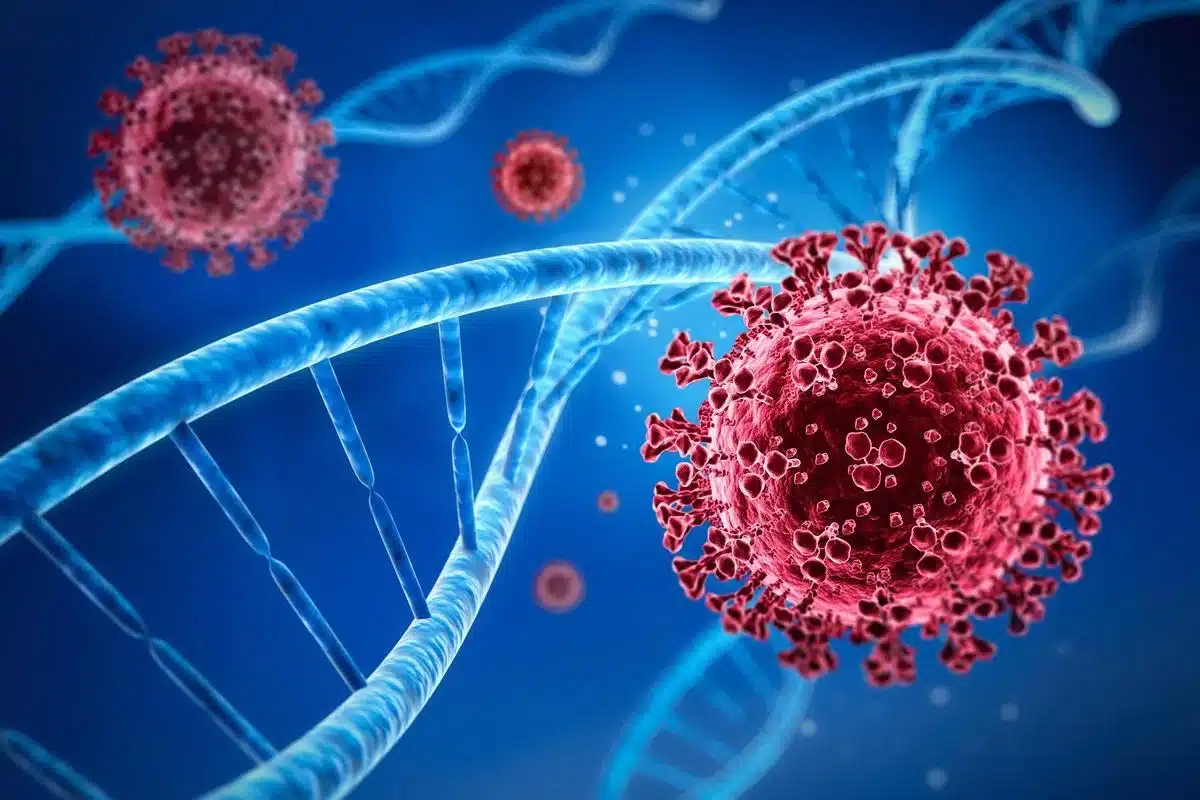What We Are Learning About Long COVID
Shortly after the COVID pandemic began in the United States in early 2020, it became apparent that not only could COVID-related symptoms last for many months, patients could later develop new symptoms or experience a prolonged relapse of prior symptoms. This new illness called long COVID has been defined by the World Health Organization as having any new symptom three months after a COVID infection, with these symptoms lasting for at least two months, and not caused by any other disease.
There is no test to diagnose long COVID and people can have a wide variety of symptoms, affecting any one or all organ systems, thus making it challenging for healthcare providers to make a diagnosis. Many afflicted with such disabling symptoms are struggling to continue full or part-time work, and have been denied disability benefits. Studies from the US and from Australia suggest that about one in every ten people infected with COVID suffer from long COVID. World-wide, an estimated 65 Million people are living with long COVID. For more information about long COVID look up one of our prior blogs: “Long COVID—The Pandemic After the Pandemic”.
A large research study involving 9,764 participants published this month in the medical journal JAMA may help standardize the definition of long COVID by scoring each of the major symptoms according to how specific they are for long COVID as compared to symptoms also commonly found in the general population. This national study is called the RECOVER Initiative, a four-year, $1.15 billion study of long COVID funded by the National Institutes of Health. RECOVER stands for Researching COVID to Enhance Recovery. The researchers assigned points to each of the following 12 defining symptoms (points shown in parenthesis): loss of smell or taste (8), unusual tiredness after exercise (7), chronic cough (4), brain fog (3), thirst (3), heart palpitations (2), chest pain (2), fatigue (1), dizziness (1), stomach and bowel problems (1), problems with sexual desire or ability (1) and abnormal body movements (1). In order to meet the study’s definition of long COVID, a participant needed to have a score of at least 12. The higher a participant’s score, the worse was their ability to carry out their daily activities. The researchers caution that some of the most characteristic symptoms for long COVID are not necessarily the most common or the most debilitating. As this and other research continues it is expected that the definition of long COVID will continue to evolve.
A number of RECOVER study participants expressed relief in having a clearer definition for long COVID. They expressed hope that it will help to reduce skepticism about this condition, lead to earlier diagnosis and make it easier to get disability benefits. One participant stated: “The closer we get to defining it, the closer we can get to educating physicians so that they can help us.”
Living with the disabilities caused by long COVID or caring for family members with long COVID can be confusing and stressful. Another of our earlier blogs: “Living With Long COVID” gives information about resources that can help navigate this still poorly understood healthcare challenge. One resource that will be especially valuable to those dealing with the ramifications and complexities of long COVID is the RK360® Cloud Health Record App. We created the RK360® App as a consumer tool to access and aggregate personal healthcare records scattered across multiple providers; records that are exclusively consumer owned and able to be shared with select providers. In this way, the RK360® App functions as a virtual personal assistant and illness navigator to its subscribers.



